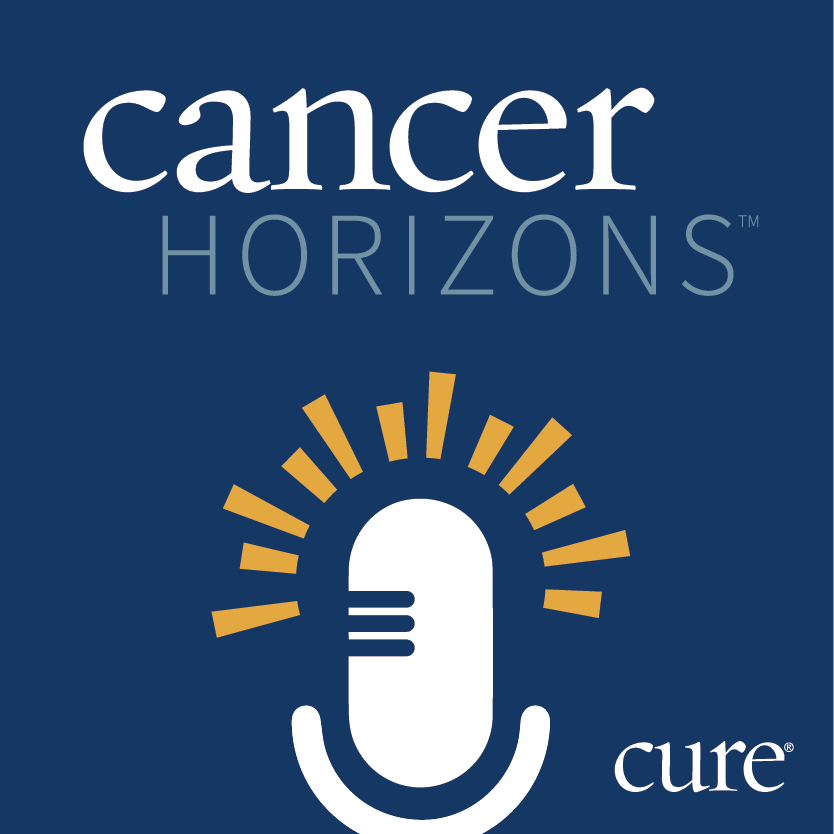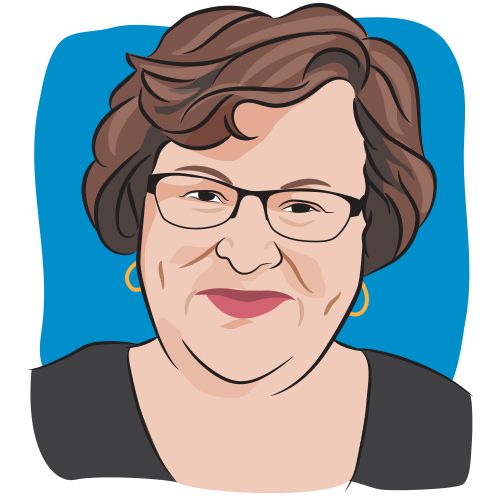The Food and Drug Administration's (FDA) traditional approval of Calquence (acalabrutinib) in combination with bendamustine and Ritxuan (rituximab) as a first-line treatment for patients with previously untreated mantle cell lymphoma (MCL) who are ineligible for autologous hematopoietic stem cell transplantation (HSCT) represents an advancement in the therapeutic landscape for this patient population, according to a news release from AstraZeneca. The approval is also the first of its kind, as Calquence is now the first and only Bruton tyrosine kinase (BTK) inhibitor approved in this treatment setting.
This FDA approval provides another much-needed treatment option for patients with MCL, Dr. Tycel Phillips emphasized in an interview with CURE®.
Glossary:
Atrial fibrillation: irregular heartbeat.
Autologous hematopoietic stem cell transplantation (HSCT): procedure that involves collecting and reinfusing a patient's own healthy stem cells.
Bruton tyrosine kinase (BTK) inhibitor: a type of drug that blocks the activity of the BTK protein.
Progression-free survival: the time a patient lives without their disease spreading or worsening.
Overall survival: the time a patient lives, regardless of disease statu
Phillips went on to say: “My key takeaway is optimism. There are more and more treatments being approved for MCL, and the more treatments that are being approved in this patient space, the longer patients will generally be expected to live with [their] cancer. Hopefully, this gets us closer to one day saying that we have a cure for [MCL], which is our ultimate goal.”
He is currently an associate professor in the Division of Lymphoma, Department of Hematology and Hematopoietic Cell Transplantation, at City of Hope in Duarte, California.
In the interview, Phillips discussed what the implications are for the FDA approval of Calquence plus bendamustine and Rituxan in untreated MCL, highlighted the clinical trial data which assisted in the regulatory approval of the combination and expanded on his hopes for the future therapeutic landscape of MCL.
CURE: What does this FDA approval mean for patients within this population?
Phillips: [This FDA approval] provides another [treatment] option for this patient population. There is quite a bit of familiarity with bendamustine and Rituxan, and obviously, with BTK inhibitors in the relapsed/refractory space. Given this, and the experience patients and physicians have with both of these drugs, it allows for this combination to be implemented a little bit easier than, say, if these were two very novel medications and there was unfamiliarity with the physician and the patient themselves. However, given the knowledge of these two drugs in the physician aspect, and in the community space, it allows a bit easier of an uptake in this setting.
Could you expand on the data and the trial that led to this FDA approval?
This was a study looking at patients considered to be transplanted ineligible. At the time of onset, these were patients 65 [years of age] and older with newly diagnosed MCL, so these patients could not have received any treatment prior for their disease.
The patients were then randomized to bendamustine and Rituxan and placebo, which was a standard of care arm, followed by two years of Rituxan maintenance. This was randomized to the experimental arm, which was bendamustine and Rituxan plus the second generation covalent BTK inhibitor Calquence, followed by two years of Rituxan maintenance and Calquence until progression or intolerance. That was the design of the study, with the primary end point being a progression-free survival (PFS) benefit from the experimental arm.
Unlike the predecessor study, which looked at Imbruvica (ibrutinib), in a very similar patient population, this study did allow for crossover, so patients who progressed on the standard of care arm were then allowed to cross over to get single agent of Calquence on the study. The key takeaway, since this indication was approved, is that it did meet the primary end point, [meaning] there was a PFS benefit with Calquence plus bendamustine and Rituxan over bendamustine and Rituxan. There was no overall survival (OS), although there was a trend toward OS, but it did not meet statistical significance in this patient population.
A key point, unlike what we saw with the SHINE [trial], is that there were no unexpected deaths, unexplained toxicities or increase in toxicities in the experimental arm, so safety was not a concern, which was what likely doomed the SHINE study.
For patients who are ineligible for autologous HSCT, how does this newly approved combination therapy compare with other existing treatment options for this patient population?
In this patient population, there weren't a ton of options. Historically, you had chemoimmunotherapy, which was bendamustine and Rituxan followed by Rituxan maintenance. You also had R-CHOP, which was a combination of five medications — Rituxan, cyclophosphamide, doxorubicin, vincristine and prednisone. [Together], this is an antibody, Rituxan, three chemotherapy drugs and then a steroid, and that was also typically followed by Rituxan maintenance.
More recently, there have been several studies looking at BTK inhibitors along with Rituxan, but none thus far have been shown in a randomized study and have all been either a phase 1 or phase 2 study. In this sense, bendamustine and Rituxan treatment was the de facto standard of care, technically, for this patient population, albeit there wasn't a true study in MCL looking at this. The fact that this combination had progression-free survival benefit, meaning the disease state of remission was undetectable longer with the experimental combination versus the standard of care, positions [the treatment] very well in this space.
In some ways, we will get more information about more subset analysis with this patient population to try to get a sense of if there were specific patients who benefited more or less with this combination; that will be very important as time moves along. Obviously, you could still, in some situations, consider giving these medications sequentially versus in combination.
Regarding safety, what are the risks associated with this treatment and how can patients manage any side effects they may experience?
With the chemotherapy part, there's just standard side effects that we know that come with the regimen. With bendamustine, there is the risk of neutropenia, which we use growth factor support to help. These patients will also often be lymphogenic, meaning the lymphocytes are low. Part of that is because that's the what we're trying to get rid of with treatment. For that, we will sometimes use prophylactic medications to prevent shingles reactivation from the bendamustine.
The concern when you add anything to bendamustine is increasing these risk factors. In some ways, you do see some increase in risk of cytopenias and a slightly higher risk of neutropenia. With the BTK inhibitor, the concerns you'll see generally are atrial fibrillation, high blood pressure, bleeding, rash and some gastrointestinal symptoms. Thankfully, within this study population, there was no significant increase of those risk factors of to the point where it raised alarms compared with the standard of care arm.
All in all, the safety profile was consistent with what we expected of all these medications, and they were manageable. Nothing raised a red flag to say we can't give these drugs together.
What factors should patients consider when discussing this treatment option with their oncologists, and how can they determine if it's the right choice for them?
It will come down to what the patients want. If you lay parallel this combination versus, as I mentioned, giving these medications sequentially, you will likely end up with the same remission duration. The question is if patients want to get everything up front, or if they prefer to have any sort of time period where they're off medications, which sequential would give you, but the combination wouldn't. Also, there are certain risk factors that predispose patients to having poor outcomes to bendamustine, at which point, this combination would allow them to overcome those risk factors.
If you have certain [circumstances] like a p53 mutation, if you have blastoid and pleomorphic variant MCL or if you have a high proliferation rate, these are things that would warrant the combination over just given bendamustine by itself in this patient population.
The conversations to have with your physician will have to take into account everything about your MCL, your risk factors and what you want in this situation. A patient's longevity also plays a part in this, such as how many years a patient is anticipated to still be alive in this situation. All of this information needs to be bundled together into this discussion to figure out what's the best way to sort of manage your disease in this patient population.
Transcript has been edited for clarity and conciseness.
For more news on cancer updates, research and education, don’t forget to subscribe to CURE®’s newsletters here.






